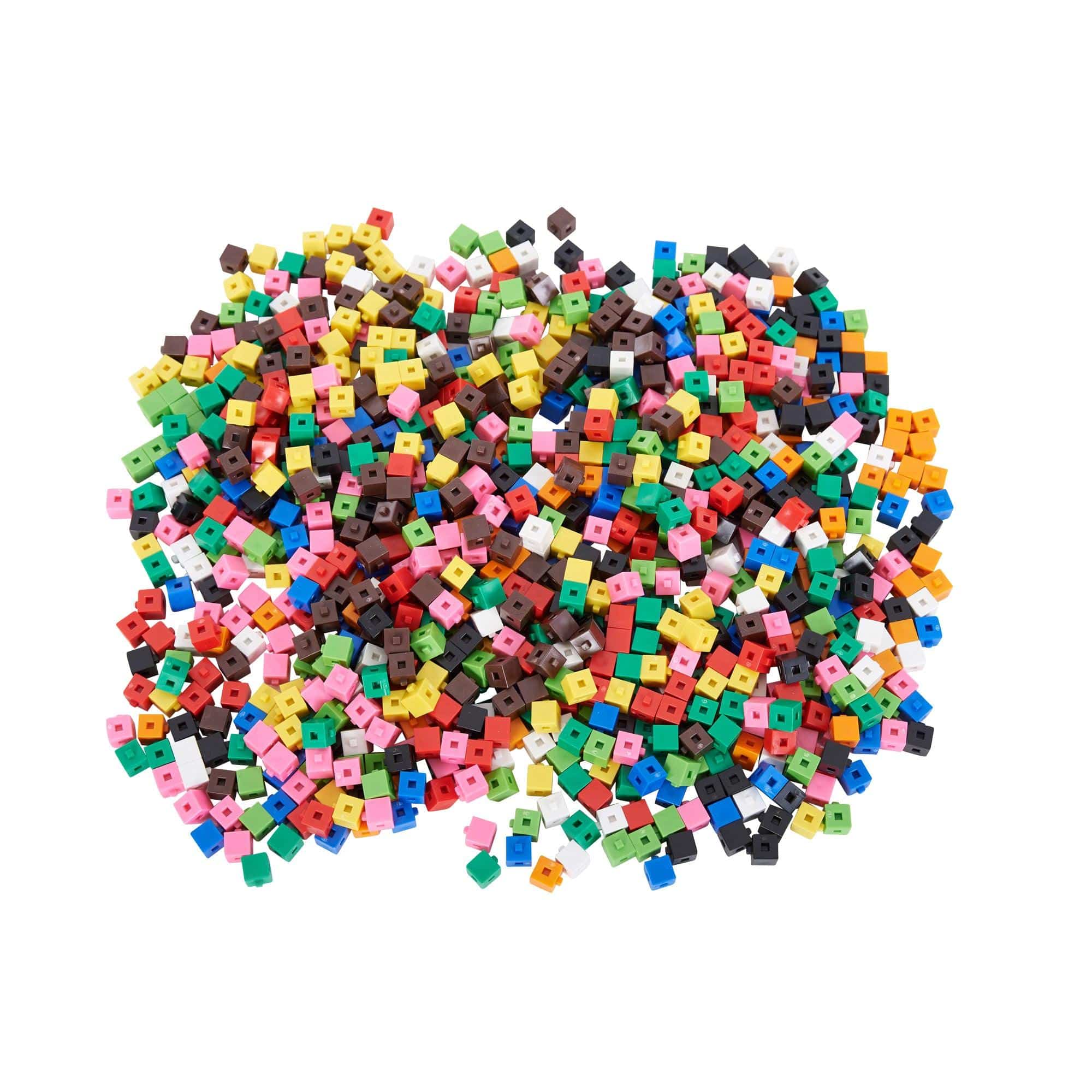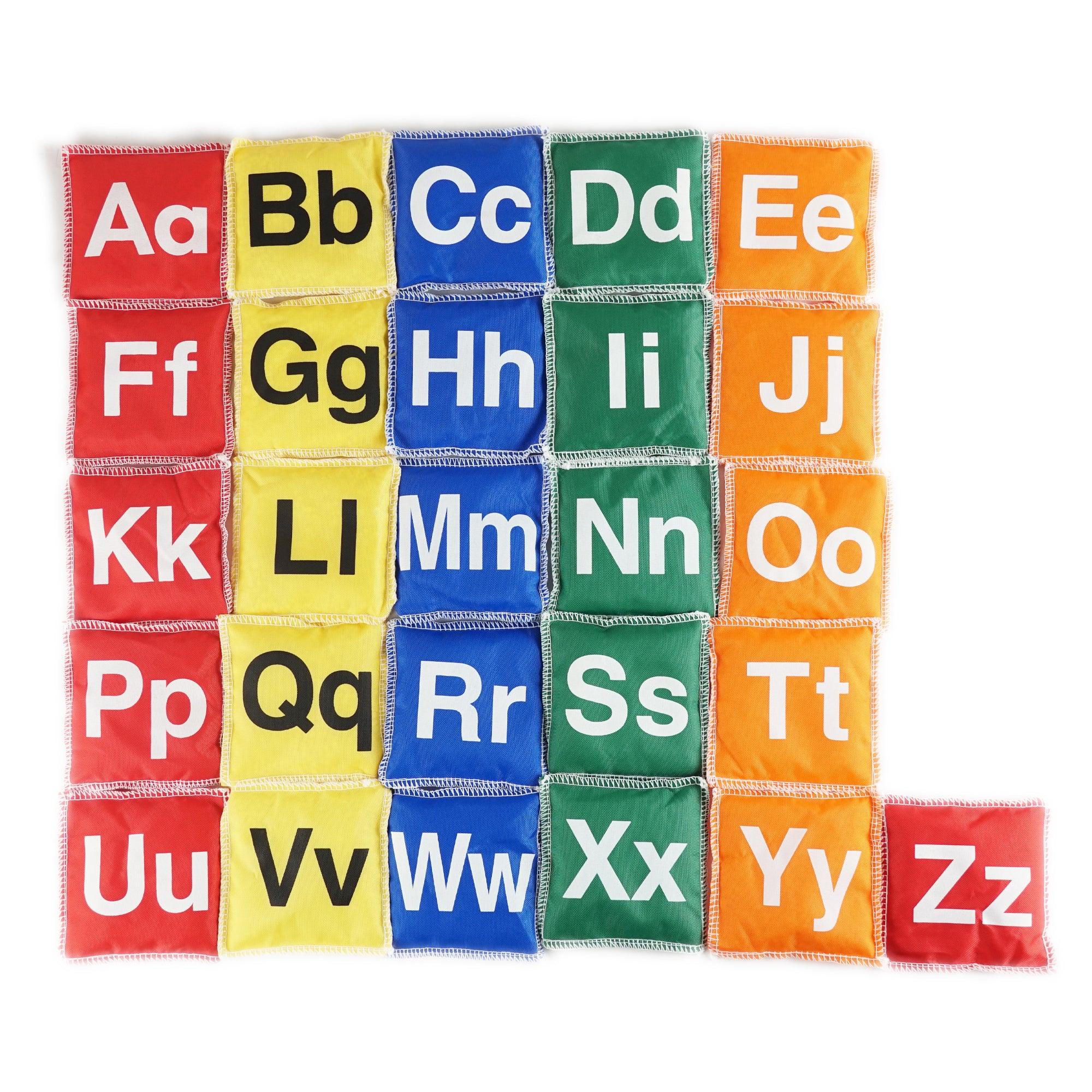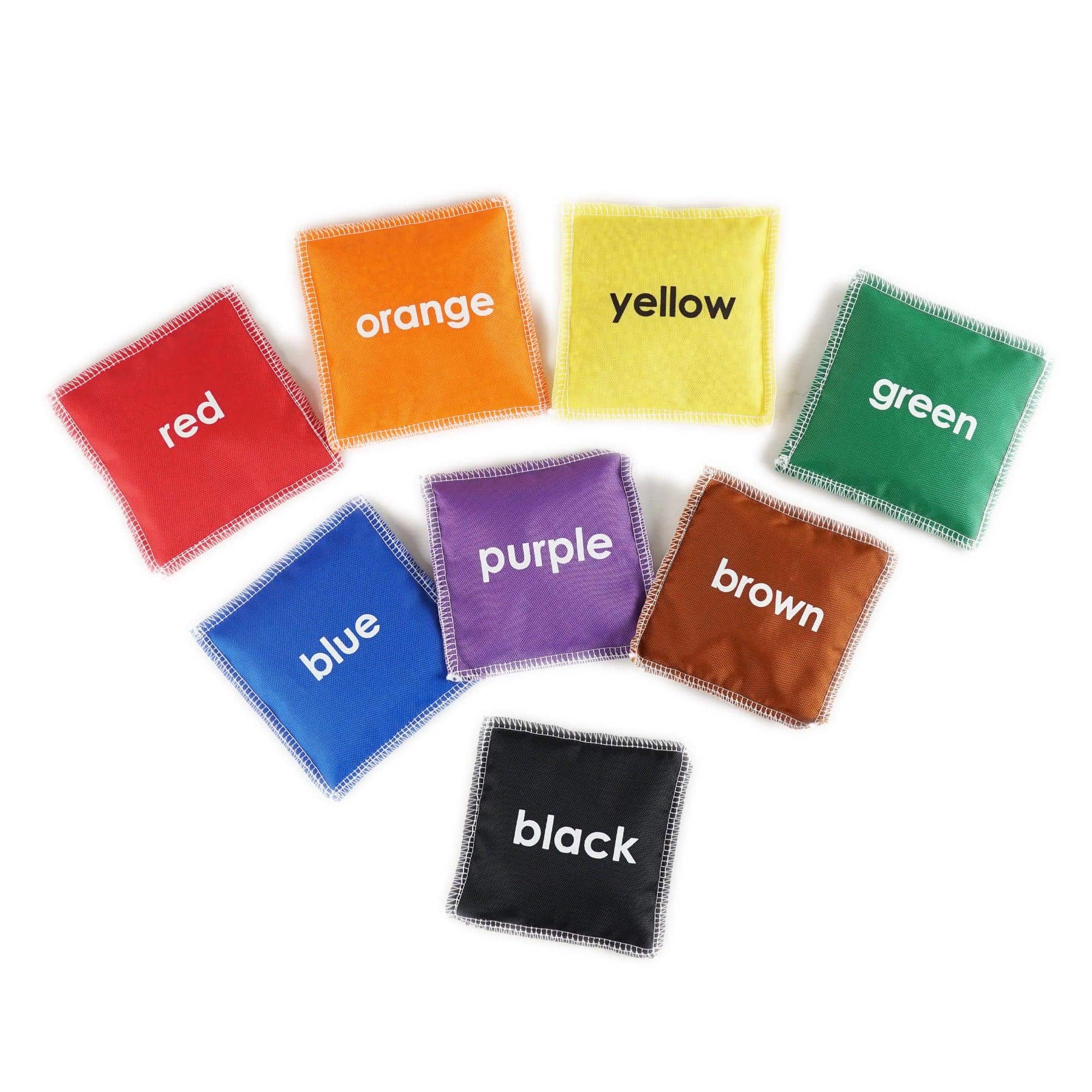The Psychology Behind Kids’ Fascination with Toy Superheroes
Toy superheroes have been a cherished part of childhood for decades, captivating the young minds and imaginations of children all over the world. The appeal of these action figures goes beyond their vibrant colors and cool gear. In fact, there is a fascinating psychology behind kids’ fascination with these toy superheroes.
1. Imaginative Play and Symbolism
Toy superheroes act as powerful symbols of strength, bravery, and justice, allowing children to easily identify and embody these qualities during imaginative play. Through their play, children can create narratives, invent scenarios, and explore various emotions and conflicts. This imaginative play helps them make sense of the world and their place in it.
Features:
- Detailed and authentic costumes
- Vibrant colors and eye-catching designs
- Articulated joints for poseability
- Accessories such as weapons or vehicles
2. Identification and Empathy
Children often develop a strong identification with their favorite toy superheroes. They see themselves as the heroes, fighting for justice and saving the day. This identification allows them to explore their own values, desires, and aspirations. Toy superheroes also stimulate empathy as children project their thoughts and emotions onto these characters in different situations.
Features:
- Realistic facial expressions
- Posable limbs for expressive gestures
- Inclusion of diverse superhero characters
- Backstories that resonate with different kids
3. Sense of Control and Mastery
Playing with toy superheroes provides children with a sense of control over their play environment. They can dictate the outcome of battles and shape the narratives to their liking. This feeling of mastery empowers children and helps them develop problem-solving skills, as they constantly create new challenges for their superheroes to overcome.
Features:
- Ability to change the superhero’s pose and position
- Nemesis and villain figures for exciting conflicts
- Playsets that allow for different story settings
- Interactive features like sound effects or light-up elements
4. Role-Playing and Social Development
Toy superheroes facilitate social interaction and cooperative play among children. They often engage in role-playing activities, taking turns being the hero or the villain, negotiating storylines, and collaborating to achieve common goals. This collaborative play supports the development of important social skills such as communication, teamwork, and compromise.
Features:
- Multiple superhero figures for group play
- Shared accessories for collaborative adventures
- Superhero-themed board games for interactive play
- Comic books or movies for shared storytelling experiences
Conclusion
The psychology behind kids’ fascination with toy superheroes is a complex interplay of imaginative play, identification, sense of control, and social development. Offering a wide range of features and opportunities for imaginative storytelling, these toys become powerful tools for children’s overall growth and development. Whether they dream of flying through the skies or saving the world from villains, toy superheroes will continue to captivate and inspire generations to come.




